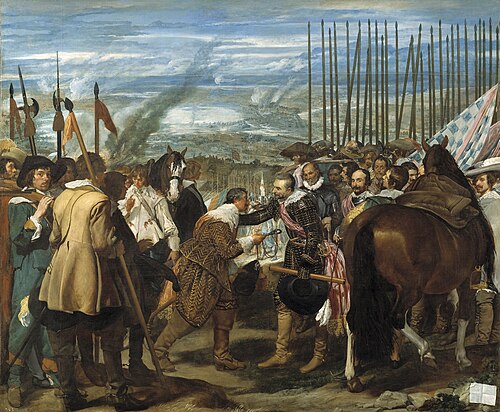1625: A Year of Turbulence and Transformation
1625 (MDCXXV) was a significant common year that started on Wednesday in the Gregorian calendar and on Saturday in the Julian calendar. It marked the 1625th year of the Common Era (CE) and Anno Domini (AD) designations, the 625th year of the 2nd millennium, the 25th year of the 17th century, and the 6th year of the 1620s decade. Notably, at the start of 1625, the Gregorian calendar was 10 days ahead of the Julian calendar, the latter of which continued to be used in local contexts until 1923.
Events
January–March
January 17 – Under the leadership of the Duke of Soubise, the Huguenots initiated a second rebellion against King Louis XIII, launching a surprise naval attack on a French fleet in Blavet.
February 3 – The opera La liberazione di Ruggiero by Francesca Caccini premiered in Florence, Italy, and continues to be performed nearly 400 years later.
February 6 – Bogislaw XIV became the final Duke of Pomerania, a title that became extinct upon his death in 1637.
February 8 – Hafız Ahmed Pasha is appointed as the new grand vizier of the Ottoman Empire by Sultan Murad IV.
February 11 – In the Persian Gulf, a significant naval battle occurs between the fleets of the Dutch East India Company and the English East India Company against Portuguese India.
March 27 – Charles I ascended to the throne following the death of his father, King James VI & I.
April–June
April 4 – Frederick Henry of Nassau marries Amalia, Countess von Solms-Braunfels.
April 23 – The Stadtholder Maurice of Nassau passes away, succeeded by his brother, Frederick Henry.
June 13 – King Charles I marries Henrietta Maria of France at Canterbury.
July–September
July 1 – The Safavid Empire defeats an invading Georgian force at the Battle of Marabda.
September 8 – The Treaty of Southampton is signed, establishing an alliance between England and the Dutch Republic against Spain.
October–December
October 25 – A Dutch fleet attacks the Portuguese garrison at Elmina castle in modern-day Ghana, but suffers a significant defeat.
December 9 – The Netherlands and England sign the Treaty of The Hague, a military peace treaty offering support to King Christian IV of Denmark-Norway.
Births
January–March
January 29 – Thieleman J. van Braght, Dutch Anabaptist author (d. 1664).
February 1 – Leopold Louis, Count Palatine of Veldenz (d. 1694).
March 25 – John Collins, English mathematician (d. 1683).
April–June
April 25 – John Frederick, Duke of Brunswick-Lüneburg (d. 1679).
June 8 – Giovanni Domenico Cassini, Italian astronomer (d. 1712).
July–September
July 9 – Sarah Rapelje, first white European Christian female born in New Netherland (d. 1685).
September 24 – Johan de Witt, Dutch politician (d. 1672).
October–December
November 1 – Oliver Plunkett, Irish archbishop, martyr and saint (d. 1681).
December 20 – David Gregory, Scottish physician and inventor (d. 1720).
Deaths
January–March
January 5 – Simon Marius, German astronomer (b. 1573).
March 27 – King James VI/I (b. 1566).
April–June
April 23 – Maurice, Prince of Orange (b. 1567).
June 5 – Orlando Gibbons, English composer (b. 1583).
July–September
July 1 – Teimuraz I, Georgian prince (b. 1572).
September 20 – Heinrich Meibom, German historian (b. 1555).
October–December
November 16 – Sofonisba Anguissola, Italian painter (b. c. 1532).
December 9 – Ubbo Emmius, Dutch historian (b. 1547).
References
*Data derived from historical records and documentation.

